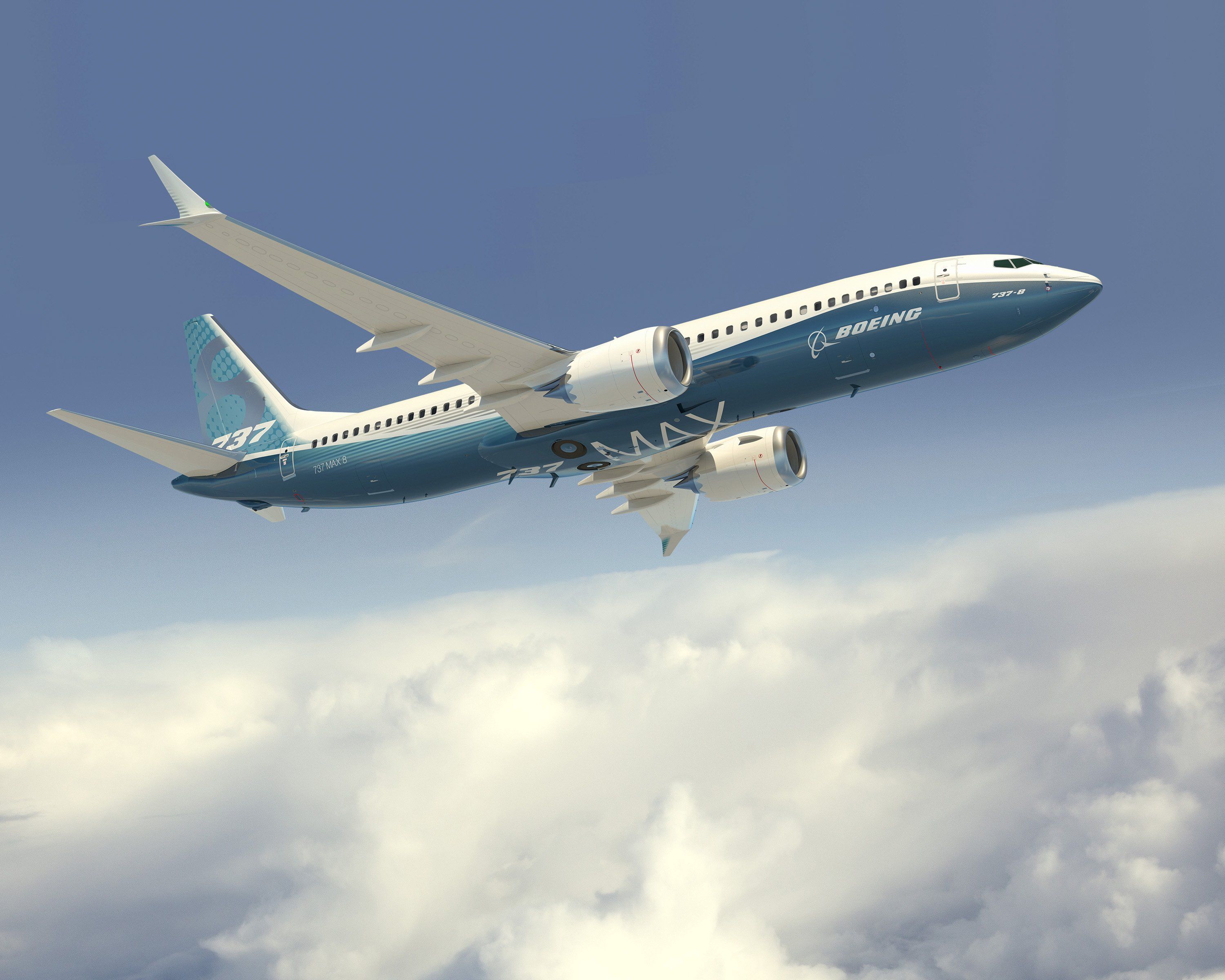Image: Boeing
Boeing 737 MAX
That design is so utterly incompetent and the FAA allowing it is so utterly incompetent that it boggles the mind of this pilot flying for 35 years!
Clearly the airline rule of requiring redundancy of any component with a greater than 1 in 10,000,000 chance of failure was ignored. Considering the MCAS system, even with two AOA sensors, the chance of failure, such as in icing, of sticking the nose in the ground and killing everyone when flying at low altitude is much higher than 1 in 10,000,000.
We’ve seen two cases of massively fatal accidents when, likely, without the system there would have been no accident. At the very least the FAA should have required:
- The system also considered GPS groundspeed (yeah, install two $100 GPS sensors) so that if good groundspeed and hence likely good airspeed MCAS stays sleeping.
- An altitude sensor (radar, etc.) so that if close to the ground do not point the nose down!
- A clear warning when it is activated.
- An OFF switch so that a pilot can disable it before or after it “grabs” the stick.
- Real training.
I should note that I am a retired electrical engineer and computer programmer specializing in designing redundant computers and software and computer security so I’m experienced at analyzing failure modes. I bet that Boeing’s engineers objected to this terrible system but management overrode them. A real investigation likely will bear this out, similar to Challenger.
Bob Toxen
I did not read all of the comments because I was shocked at the callous indifference to human life. If only one person died – FAA, Boeing and the attention of everyone else should have been focused on caring for the loss. For anyone to be faced with finding an attorney to seek help is not right. Lives are more important than reputation, bureaucracy or business. On the matter of concern for safety and any loss of life – I find everyone guilty and lacking.
Don Lineback
Your coverage has disgusted me. Any trim runaway on the B737, from the beginning, has had the potential to overpower pilot inputs. The non-normal procedures resolve the issue, when applied appropriately.
While it appears that implementation of MCAS introduced an additional failure mode, it also appears that Boeing has moved expeditiously to fix that issue. What […] else should we expect?
Wayne James Justinen
While the pile on Boeing continues to grow I have several questions.
One; What was a 200-hour pilot doing in the right seat? By the accounts I have read he hammered home the final nail in the coffin when his lack of training, understanding and competence led him to reactivate MCAS by turning the trim system back on.
Two; The two MAX crashes and Air France 447 were all related to Angle of Attack sensor failures. How many other AOA sensor failures have been squawked since they’ve had a decisive hand in aircraft fly by wire systems? Of those, how many were on third world airlines? Is there data to compare the various maintenance centers and their handling of AOA issues?
Three; Where is the press to pile on the AOA manufacturer whose sensors failed? How did bad or marginal sensors escape their quality system and get out into the world? How much long-term testing has there been on their product?
Four; I can’t help but notice how the call for AOA indicators to be installed on every aircraft has gone quiet of late. Could it be that we are finally going to call for airmanship to be practiced rather than putting another gadget in the cockpit to pull the pilot’s situational awareness from the sky around him to the panel?
Richard Girard


































